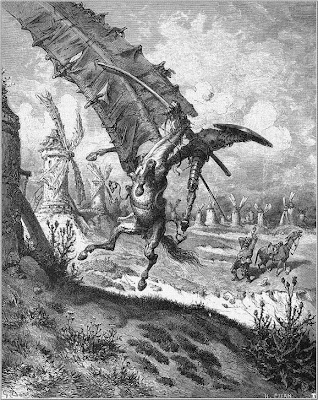http://antwrp.gsfc.nasa.gov/apod/ap090427.htmlhttp://www.planetary.org/blog/article/00002321/ wrote: The Planetary Society Blog By Emily Lakdawalla
Cassini Aegaeon and Prometheus awesomeness
Jan. 28, 2010 | 11:38 PST | 19:38 UTC
<<Yesterday, Cassini traversed the G ring, taking photos all the way. While doing so the spacecraft passed within 13,000 kilometers of Aegaeon, the tiny, recently discovered moon that is now believed to be the parent body of the G ring. (Small meteorite impacts onto Aegaeon would toss up dust particles that would escape the little moon's almost nonexistent gravity and go into their own orbits around Saturn; various sorts of drag extend the dust from Aegaeon's neighborhood all the way around the planet, but it's densest near the moon.) That distance is relatively close -- close enough for Cassini to get a very respectable 80 meters per pixel or so on the moon -- but since the moon's only roughly 500 meters across, you're only looking at 5 or 10 pixels.
Seventeen images of Aegaeon
On January 27, 2010, Cassini approached to within 13,000 kilometers of Aegaeon, the recently discovered moon that is now believed to be the parent body from which Saturn's dusty G ring is built. The 17 images in this animation have been cleaned of some of their cosmic ray hit artifacts and have been enlarged by a factor of two. Credit: NASA / JPL / SSI / animation by Emily Lakdawalla
The Prometheus images were taken from about three times the distance of the Aegaeon photos, but Prometheus is much bigger than Aegaeon (about 119 by 87 by 61 kilometers in diameter). Here are three clear-filter views.
Prometheus in color with ring rainbows
Cassini captured the four images that were combined to make this approximately natural color view of Prometheus on January 27, 2010 from fewer than 40,000 kilometers away. Credit: NASA / JPL / SSI / color composite by Emily Lakdawalla
There are some color fringes in the image where the individual color frames do not align properly. Some of this misalignment is due to Cassini's and Prometheus' relative motions and Prometheus' rotation. A separate issue causes the two rainbows crossing Prometheus' sunlit disk: these are shadows from two tendrils of the F ring, which moved across Prometheus' face in the time separating the images.>>
http://antwrp.gsfc.nasa.gov/apod/ap951223.html




